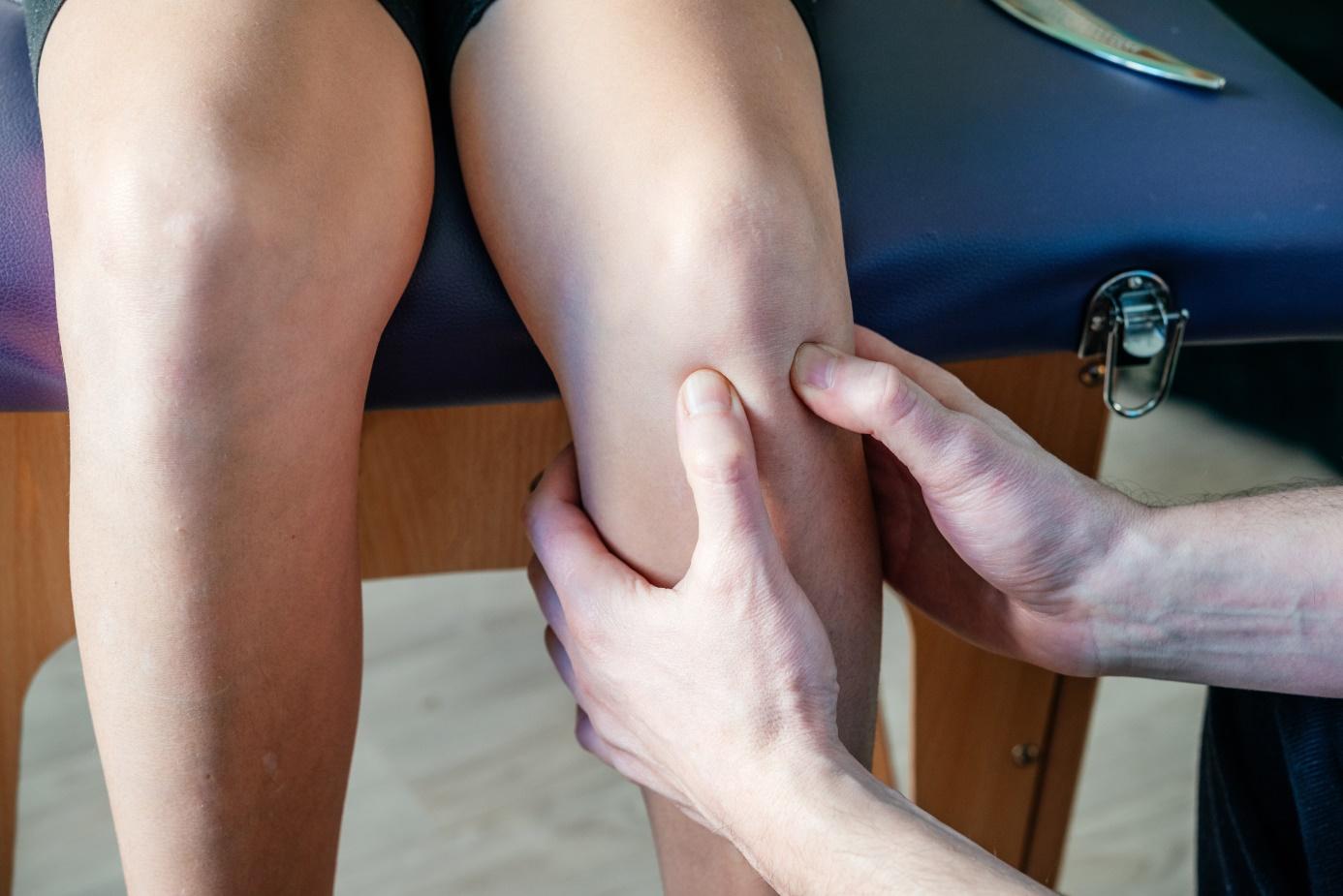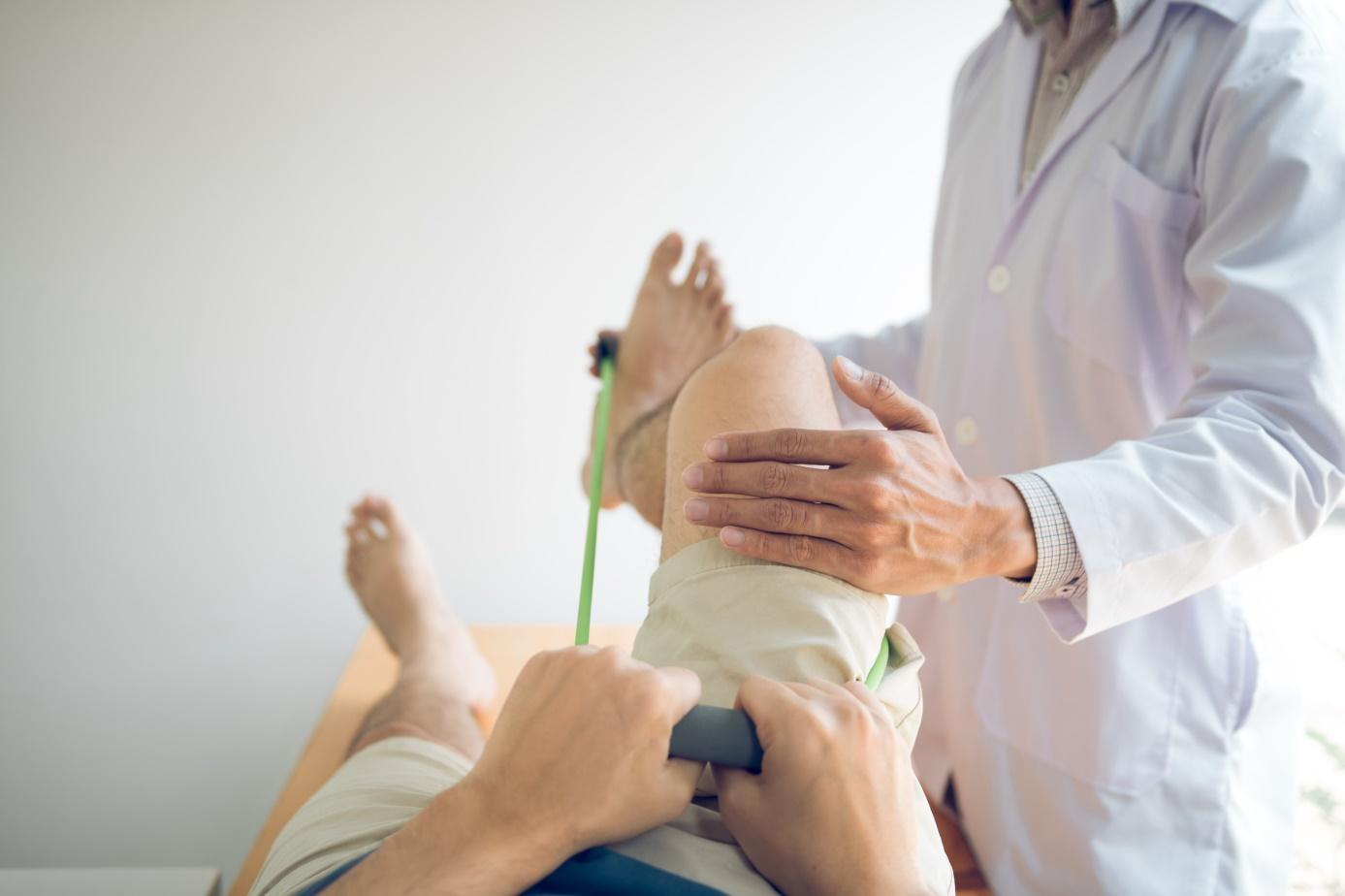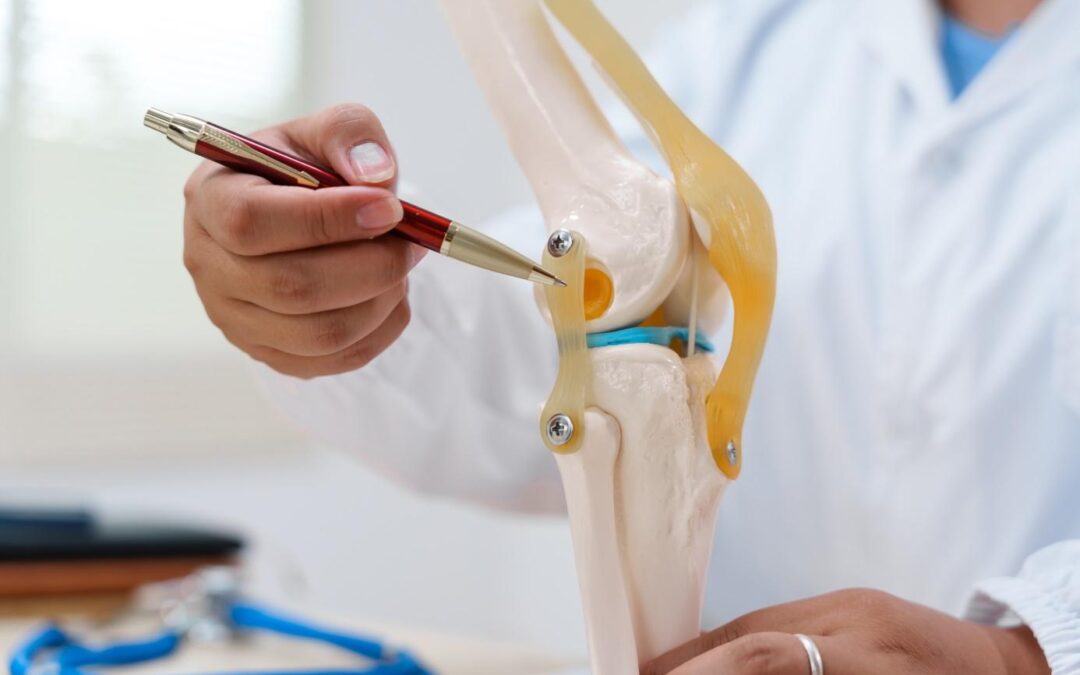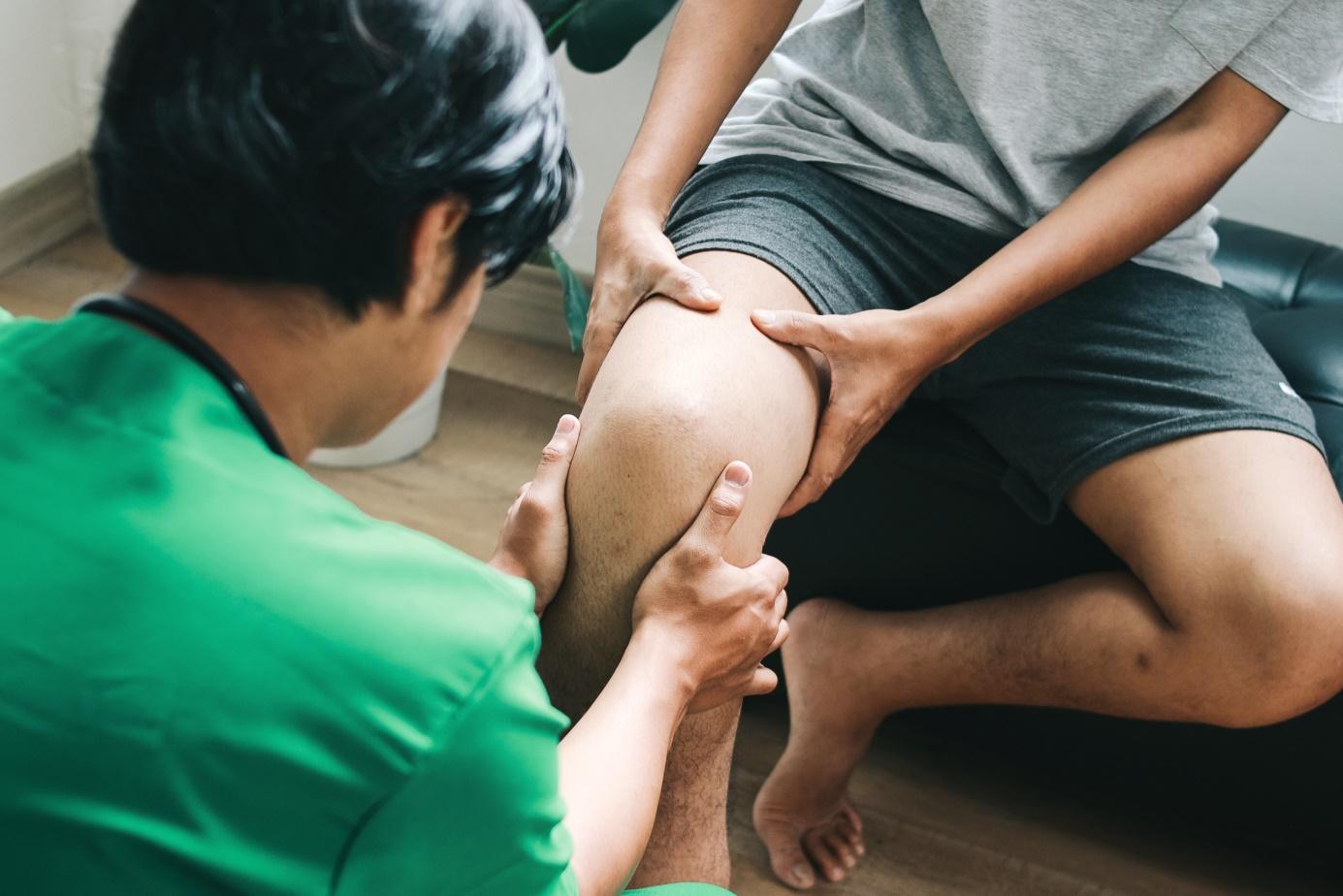Injuries to the lateral ligaments of the knee, whether tears of the internal or external ligaments are among the most common sports injuries. Football players and skiers are particularly at risk because their activities often involve rapid changes of direction and significant forces exerted on the lower leg. Discover information to understand better a lateral collateral ligament (LCL) tear, its symptoms, and available treatment options for a good recovery.
What is a Lateral Collateral Ligament Tear?
The lateral collateral ligament (LCL), also known as the fibular collateral ligament (FCL), plays a crucial role in the external stability of the knee. It is the main structure ensuring stability on the outer part of the knee joint. Described as a thin, round, and thick ligament, it extends from the end of the femur to the lateral side of the head of the fibula. Its primary function is to stabilize the knee against varus stress. When the knee is extended, it prevents internal and external rotations of the knee, which only becomes possible when the knee is flexed and the ligaments are relaxed.
An LCL tear, often referred to as an LCL sprain, typically occurs following specific movements or activities. It can be caused by:
- sudden stops and starts during lateral movements,
- a direct blow to the inner side of the knee,
- a hyperextension injury of the knee, with or without contact,
- Sudden twisting or pivoting movements are common in sports such as football or basketball.
What Are the Symptoms of a Tear?
Symptoms of a lateral collateral ligament injury can vary in intensity depending on the severity of the tear. However, some signs are typical:
- Pain: Usually felt on the outer side of the knee, where the LCL is located. The pain can be sharp or throbbing and tends to worsen with movement or pressure on the affected area.
- Swelling: Mild swelling around the knee is common, resulting from inflammation. This swelling can cause stiffness in the knee.
- Bruising: Bruises may appear around the knee due to blood accumulation following the injury.
- Limited mobility: Pain and inflammation can restrict the ability to bend or straighten the knee fully.
Sometimes, an LCL injury may go unnoticed or be misdiagnosed for several weeks until the injured person notices persistent instability issues. It is important to note that the intensity of symptoms is not always proportional to the severity of the injury.

Treatments for an LCL Tear
Diagnosing an LCL tear is crucial to determining the appropriate treatment. It relies on a combination of examinations:
- a physical clinical examination of the knee to assess pain, swelling, stability, and mobility, including the varus stress test,
- imaging tests such as Magnetic Resonance Imaging (MRI), X-rays, and sometimes ultrasound. It is worth noting that MRI results can sometimes be inaccurate, especially in cases involving chronic conditions.
Depending on the severity of the injury, two main treatment options are considered:
- Conservative treatment: Generally recommended for mild to moderate sprains or partial tears, it includes:
- pain and inflammation management: rest of the knee, application of ice, compression (bandages or brace), and elevation of the leg. Anti-inflammatory medications and analgesics may be prescribed to manage pain and inflammation.
- Temporary immobilization: A brace is often prescribed to support the knee and help stabilize the LCL during healing.
- Physiotherapy for rehabilitation is essential to strengthen the muscles around the knee, improve stability, and restore mobility and range of motion.
- Surgical treatment: Mainly recommended for complete LCL tears, as these injuries generally do not heal well on their own and can lead to persistent instability. Several types of surgery exist:
- If the ligament is torn but still intact, it is reattached directly to the bone (the fibula or femur).
- If the tear is in the middle of the ligament, the two ends of the ligament are sutured together.
- If the LCL tissues are irreparable, the surgeon will attach a graft to the femur and fibula using surgical screws and sutures.
How to Relieve a Tear?
To relieve the symptoms of an LCL tear, whether partial or complete, several approaches can be implemented from the very first moments after the injury:
- Medications: Analgesics and nonsteroidal anti-inflammatory drugs (NSAIDs) can be taken to manage pain and inflammation.
- Early physiotherapy: Even before or without surgery, this treatment can use pain-relief techniques such as anti-inflammatory modalities and gentle mobilizations to maintain the range of motion.

Why See a Specialist?
When facing a knee injury, especially if a lateral ligament lesion is suspected, it is critically important to consult a healthcare professional promptly. An accurate medical diagnosis is essential to:
- Characterize the injury:
Observations by a physiotherapist help identify which ligament is affected, assess the severity of the injury, and look for possible associated injuries such as damage to the meniscus, cartilage, or other ligaments like the cruciate ligaments. - Determine the appropriate treatment:
The choice between conservative treatment and surgery depends on this precise evaluation as well as individual patient characteristics, such as age and level of sports activity. Specific cases of LCL tears generally do not heal well and require surgery. - Avoid complications:
A poorly treated or undiagnosed LCL injury can lead to chronic knee instability, increasing the risk of recurrent sprains, persistent pain, functional limitations, and, in the long term, the development of osteoarthritis. - Optimize recovery:
A specialist, such as an orthopedic surgeon, sports physician, or physiotherapist, can develop a personalized and supervised rehabilitation protocol essential for regaining full knee function and safely returning to sports activities. Rehabilitation after an LCL sprain is often a key part of management.
Conclusion
A lateral collateral ligament tear is a serious but well-manageable injury. By understanding its function, recognizing its symptoms, and consulting a physiotherapist for proper diagnosis and treatment, it is possible to fully restore your knee’s stability and mobility and return to your activities with confidence.



Recent Comments